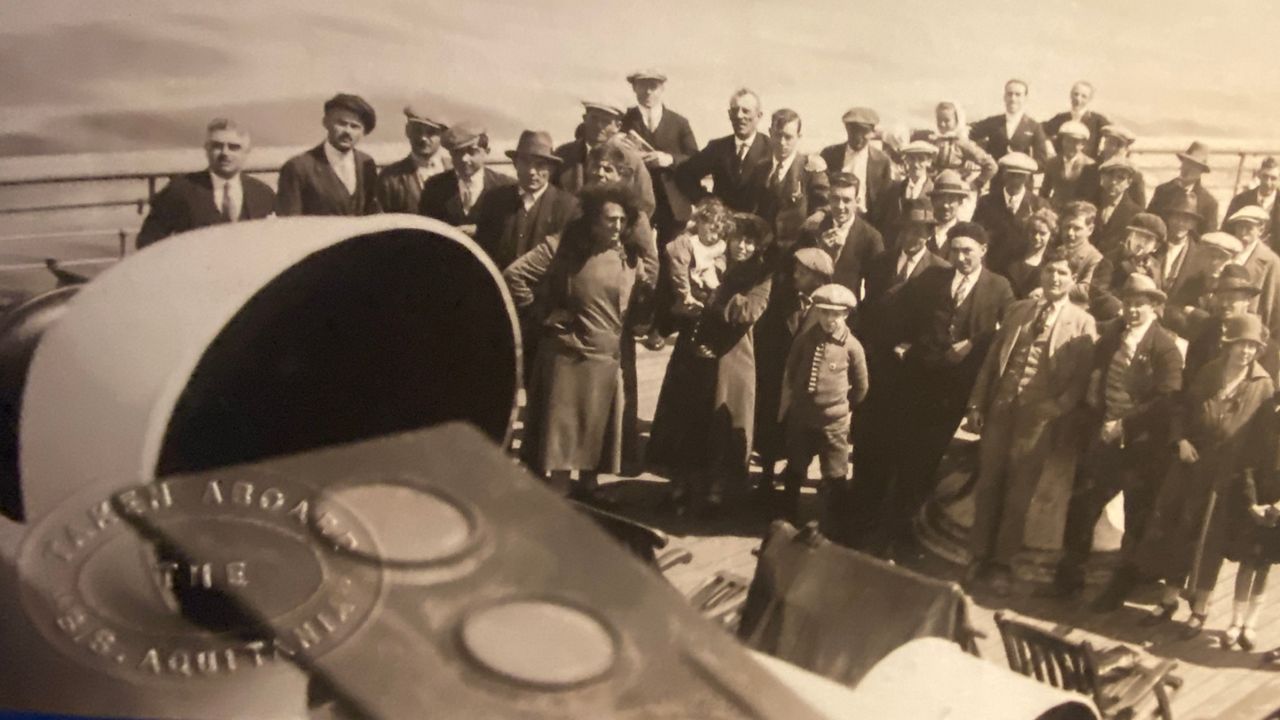TAMPA, Fla. — An international exhibition showcases world history — one story at a time. And Tampa is part of that story.
“Invisible Immigrants Spaniards in the U.S. (1868 - 1945)” was in Spain for four years, and now makes its first stop in the United States.
“You know the name of the exhibit is ‘Invisible Immigrants,’” said Rodney Kite-Powell. “But that’s from the Spanish perspective. You know, so many of the people that left there never came back. And so, to those families, they disappeared.”
Rodney Kite-Powell is a Curator and Historian at the Tampa Bay History Center where the exhibition is focusing on Spanish immigration from the 1860s to the 1940s.
“There were two curators — one Spanish and one American — who interviews hundreds and hundreds of descendants of these Spanish immigrants,” said Kite-Powell. “And their intention really was to make an exhibit as if you are walking into those scrapbooks that they were looking at.”
And the city of Tampa shows up in this life-sized scrapbook, thanks in part to the cigar industry at the turn of the 20th century.
The exhibition also documents Spanish immigrant reaction as fascism took hold in Spain.
A 90-year-old film shows protestors in Tampa making fishing tackle to raise money for anti-fascism forces during the Spanish civil war.
When dictator Francisco Franco took power, immigrants gave up going home for good and became citizens.
“Here in Tampa, I think we almost took Ybor City and West Tampa for granted. Not every town has those kinds of ethnic and urban enclaves that still have such a rich history,” said Kite-Powell.
Your final stop in this exhibition — a map spanning from ceiling to floor — that shows cultural landmarks in Ybor City and West Tampa and provides opportunities to learn more about the Spanish influence in the Tampa Bay area.
“Invisible Immigrants. Spaniards in the U.S. (1868 - 1945)” will be on display at the Tampa Bay History Center through Aug. 3.




